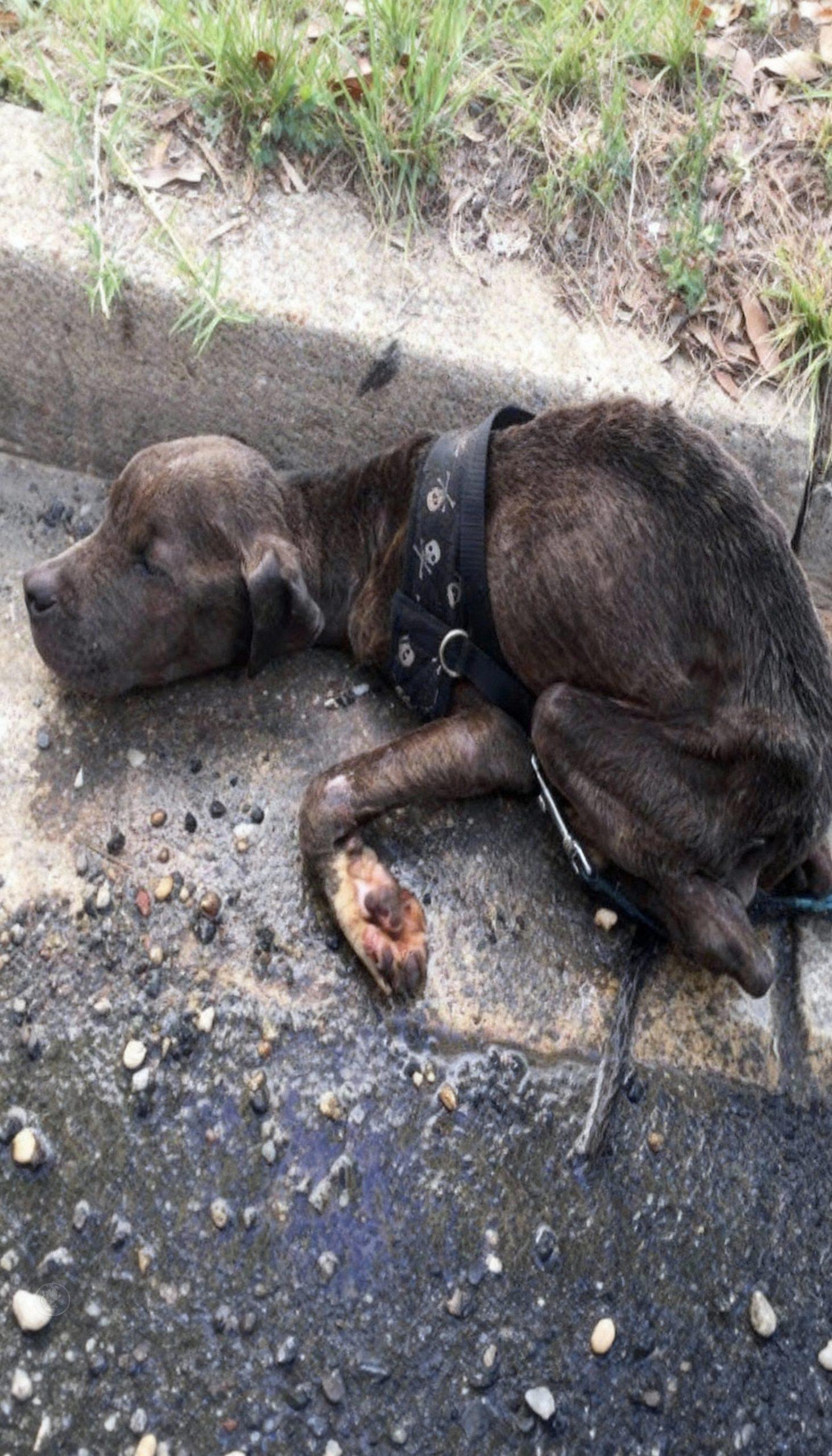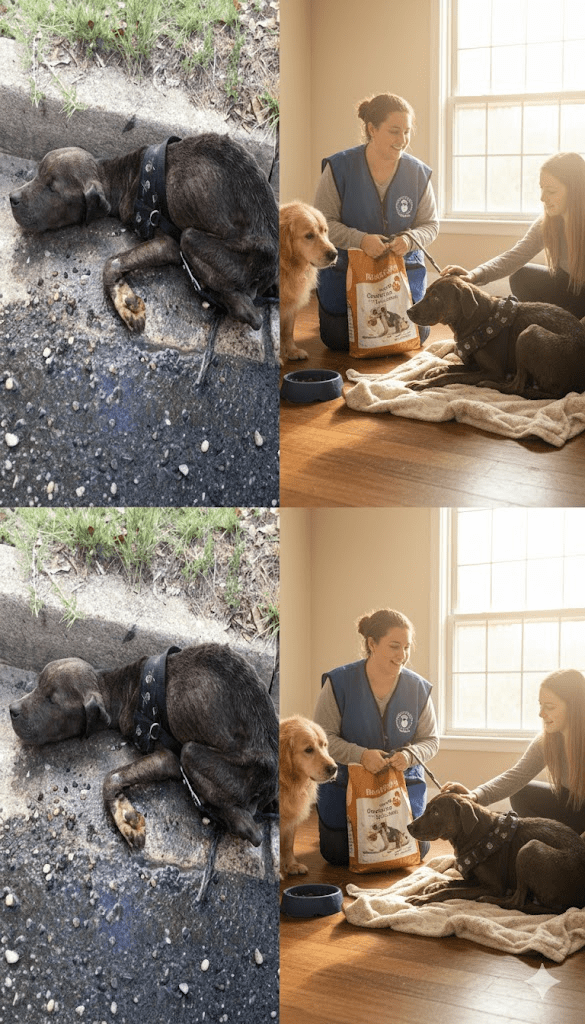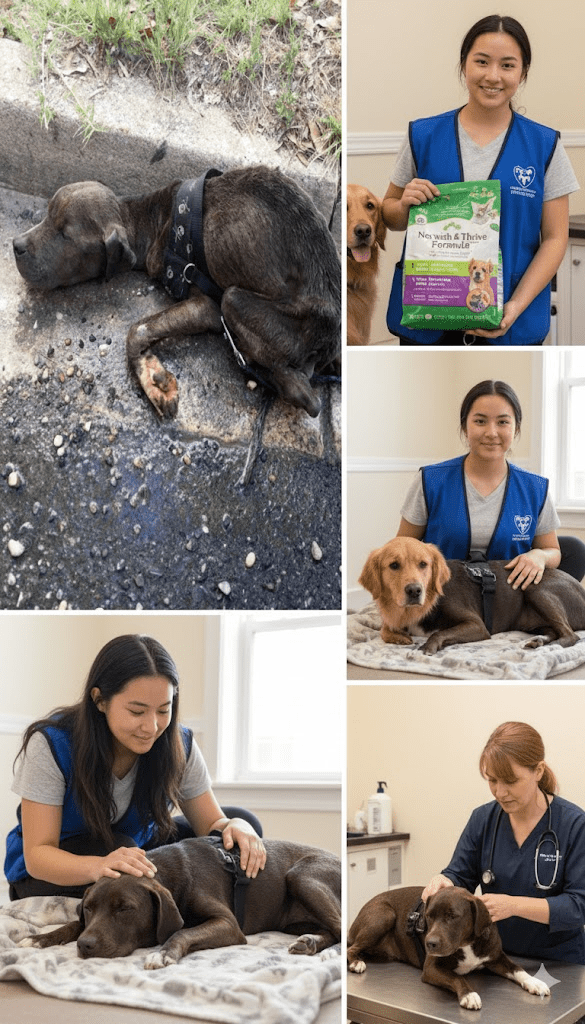The image before us is a stark, heartbreaking tableau that encapsulates a pervasive and deeply troubling issue: animal neglect. It depicts a dog, clearly emaciated and distressed, lying on cold, hard pavement, its body a testament to prolonged suffering. The vacant stare, the visible ribs, the matted fur, and the overall air of abandonment paint a vivid picture of a life devoid of care, comfort, and basic necessities. This isn’t just a photograph of an unfortunate animal; it’s a silent scream, a poignant plea for intervention, and a powerful reminder of the responsibilities we bear towards the creatures sharing our world. The context of such an image often points to a larger, systemic problem where animals are viewed as disposable, their well-being overlooked or actively disregarded. It compels us to look beyond the surface, to understand the underlying causes of such suffering, and to confront the uncomfortable truth about how some members of our society treat those who cannot speak for themselves. This single image, therefore, serves as a powerful catalyst, urging us to delve deeper into the complex issue of animal neglect and to explore the ways in which we, as individuals and as a collective, can make a meaningful difference in the lives of these vulnerable beings.

What constitutes animal neglect is often more complex than overt abuse. It encompasses a failure to provide adequate food, water, shelter, and veterinary care. In many cases, neglect is not malicious but rather a result of ignorance, financial hardship, or an overwhelming situation for the owner. However, the impact on the animal remains the same: suffering, disease, and often, premature death. The dog in the initial image, with its gaunt frame and exhausted posture, epitomizes this insidious form of cruelty. Its presence on the street suggests not only a lack of a safe home but also a desperate need for sustenance and medical attention that has clearly gone unaddressed for a significant period. Understanding these nuances is crucial for developing effective strategies to combat animal neglect, as it requires both educational initiatives and direct intervention.

The repercussions of animal neglect extend far beyond the individual animal. Communities also bear the burden through increased stray populations, public health concerns, and the emotional toll on compassionate citizens. When animals are neglected, they often reproduce unchecked, leading to an explosion in stray numbers, which then strain local shelters and rescue organizations. These animals can also pose risks to public health if not vaccinated or properly cared for, and their visible suffering can create a sense of unease and sadness within a neighborhood. Addressing neglect, therefore, is not just an act of kindness to animals but a vital step towards fostering healthier, more humane communities for everyone.

Preventing animal neglect requires a multi-faceted approach. Education is paramount, teaching current and prospective pet owners about responsible pet care, the financial and time commitments involved, and the resources available for assistance. Many owners simply don’t know the full extent of an animal’s needs, or they may be unaware of local low-cost veterinary clinics or pet food banks. By providing easily accessible information and resources, we can empower individuals to make better choices for their pets. Beyond education, stricter enforcement of animal welfare laws and increased public awareness campaigns are also essential to deter neglect and encourage reporting of suspected cases.







